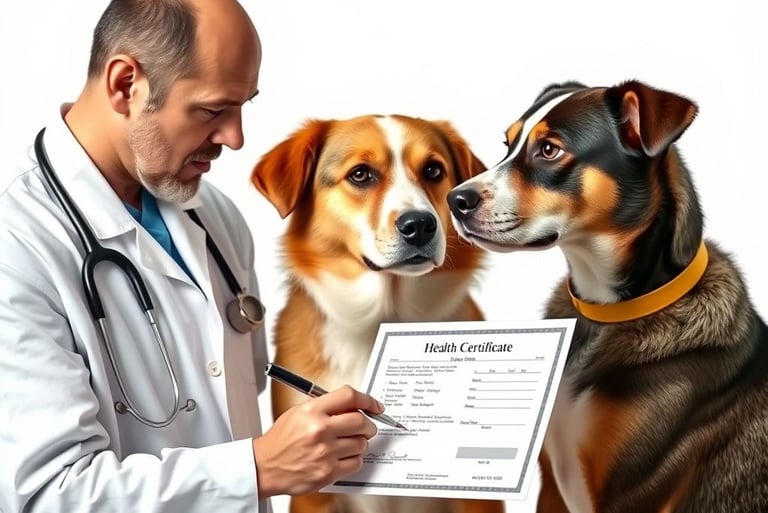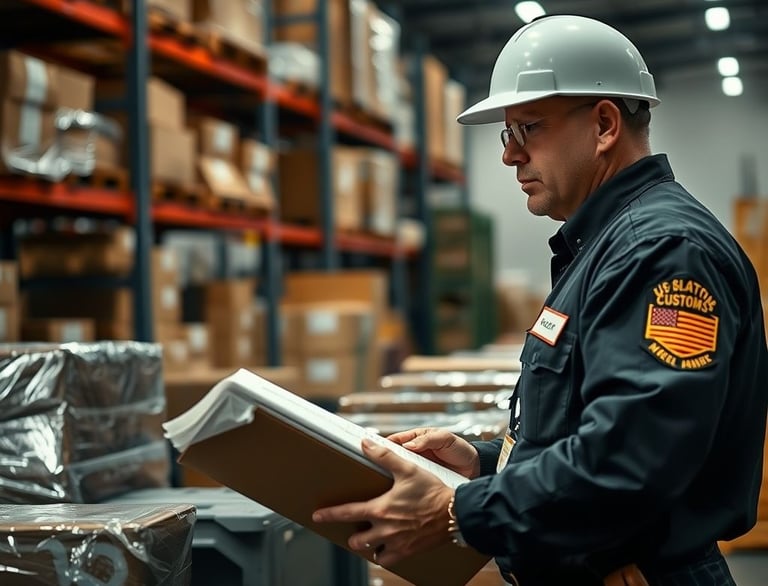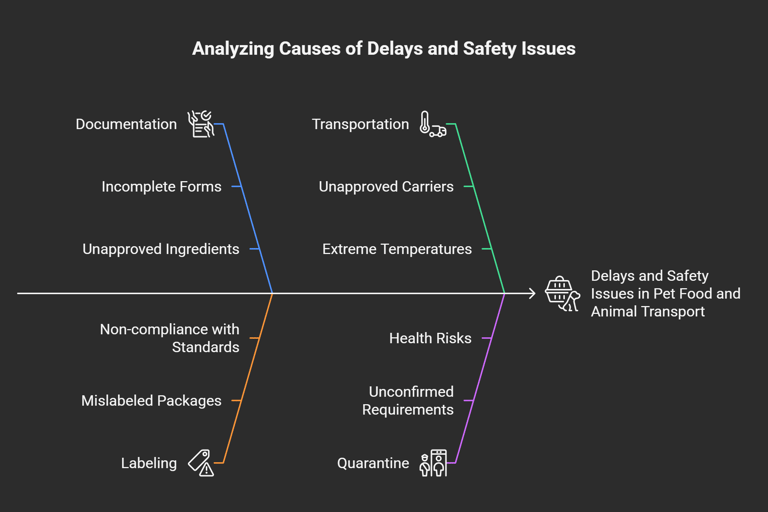How to Clear Customs for Imported Pet Supplies: A Complete Guide
How to clear customs for imported pet supplies is a critical question for pet owners and businesses importing pet products or live animals into the U.S. Proper customs clearance ensures compliance with federal regulations, avoids delays, and guarantees the safety of your pets. Whether you’re importing pet food, grooming products, or live animals like dogs, understanding how to clear customs for imported pet supplies involves documentation, regulatory adherence, and working with experts. This guide breaks down the key steps for a smooth process.
Documentation Requirements
The first step in importing pet supplies is gathering the necessary paperwork. For live animals, a valid health certificate issued by a licensed veterinarian in the exporting country is mandatory. Vaccination records, especially rabies certifications for dogs, must also be included. Commercial invoices detailing product descriptions, quantities, and values are required for all shipments.
For pet grooming products or food, ingredient lists and FDA compliance statements may be needed. Missing documents can lead to shipment holds, so double-check requirements before submission.


Regulatory Compliance
Different agencies oversee pet-related imports:
- USDA/APHIS: Regulates live animals, including quarantine rules for certain species.
- FDA: Approves pet food and grooming products, banning restricted ingredients.
- CBP: Enforces import declarations and inspects shipments.
Some dog breeds, like Pit Bulls, face additional restrictions. Similarly, pet treats containing meat may require special permits. Researching these rules beforehand prevents confiscations.




How to Clear Customs for Imported Pet Supplies: A Complete Guide
Links You May Like
Search for More
Subscribe
Leave Us A Message
Like it? Share it!
Conclusion
Successfully importing pet supplies requires attention to documentation, regulations, and logistics. Partnering with a customs broker and researching port-specific rules can streamline the process. By following these steps, you’ll ensure a smooth customs clearance for your pets or pet products.
Duties and Taxes
Import fees depend on product type and value. Pet supplies typically incur duties ranging from 0% to 10%, while live animals may have variable rates. Accurate valuation on commercial invoices is crucial—underdeclaring can trigger penalties. Use the Harmonized Tariff Schedule (HTS) to classify goods correctly.
Working with a Customs Broker
A licensed customs broker simplifies the process by:
- Submitting paperwork electronically (e.g., via ACE system).
- Resolving issues with CBP or other agencies.
- Navigating port-specific rules (e.g., LAX’s animal reception center).
Brokers are especially useful for first-time importers or high-value shipments.
Avoiding Delays
Common reasons for delays include:
- Incomplete forms.
- Mislabeled packages (e.g., missing “Animal Feed” on pet food).
- Unapproved ingredients.
Submit documents in advance and ensure labels meet FDA/USDA standards.
Ensuring Pet Safety
For live animals, minimize stress by:
- Using USDA-approved carriers.
- Scheduling flights to avoid extreme temperatures.
- Confirming quarantine requirements (if applicable).








